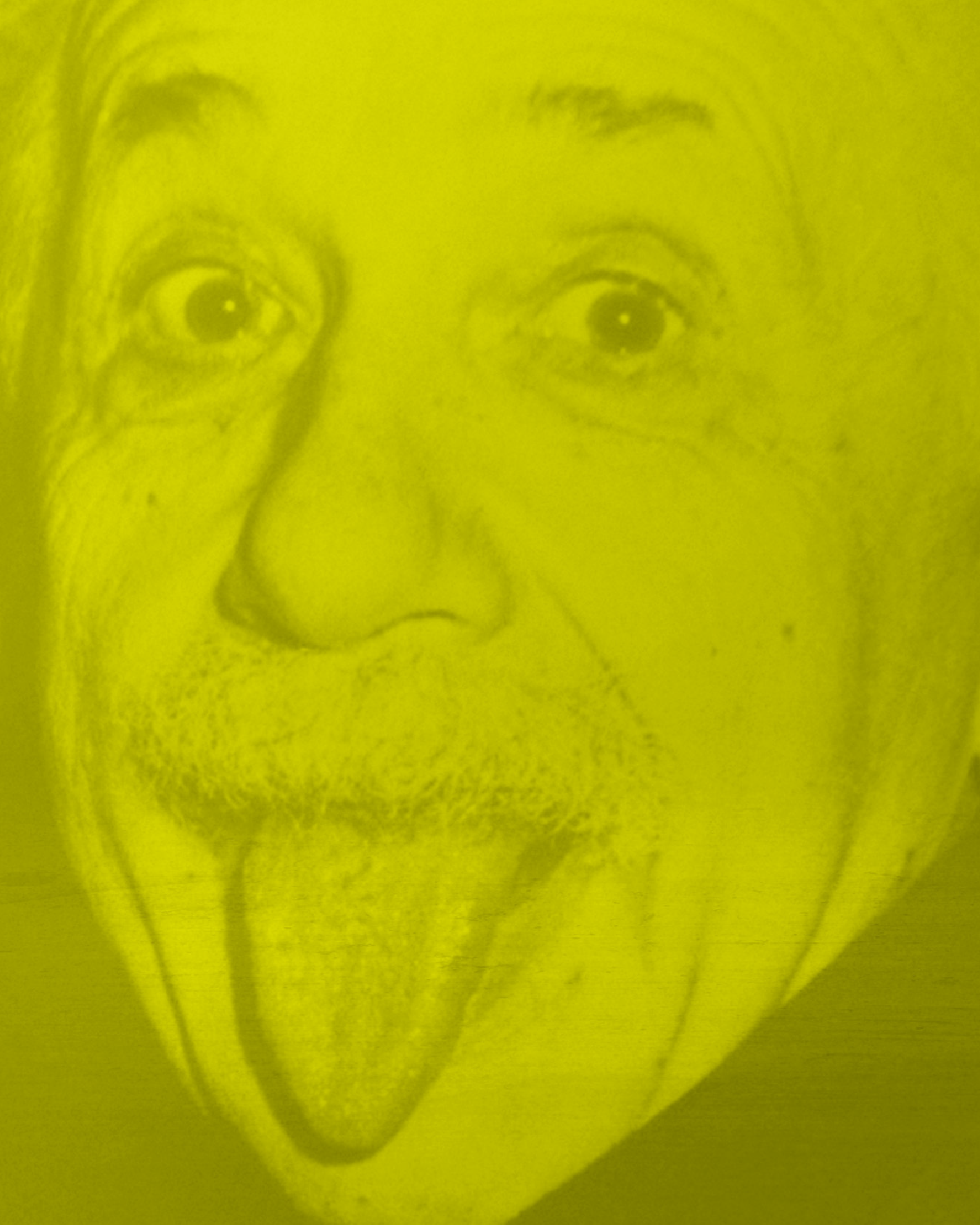
Light as idea
Albert Einstein forever changed the way we understand light. He transformed it into more than just a physical phenomenon: it became a bridge between the visible and the invisible, between the evident and the mysterious. His thinking illuminated the 20th century with unusual clarity, and his legacy continues to cast sparks across the way we see and understand the world.
His famous equation encapsulated not only a scientific truth but also a poetic one: light is energy, movement, compressed time. But beyond formulas and experiments, Einstein was a profoundly intuitive thinker. He understood that true comprehension is born not only from calculation, but from the power to imagine. It was precisely this blend of rigor and fantasy that allowed him to go beyond known limits.
In his universe, light was not just energy—it was revelation. A language through which the cosmos becomes glimpsable. Something that guides, that uncovers hidden structures, that opens previously unthinkable paths. Einstein believed in the beauty of natural laws, in the silent harmony of the universe. And that beauty often revealed itself through light.
For him, all knowledge had to begin with wonder. And there is nothing more capable of awakening wonder than light: its mystery, its subtle presence, its power to shape what we see and give meaning to what we feel. To think of Einstein is to think of clarity, of discovery, of the delicacy of an idea that illuminates and transforms.
Einstein didn’t just measure light. He knew how to see through it. And in that gaze, he found a new way of perceiving the world: freer, deeper, more luminous. He taught us that even the intangible—like time, imagination, or emotion—can have a structure, a logic of its own. That light doesn’t just travel through space; it also travels through the mind.
His way of thinking continues to inspire those who seek answers at the limits of the visible. Because to look at light, as he did, is also a way of looking inward.
Related posts




